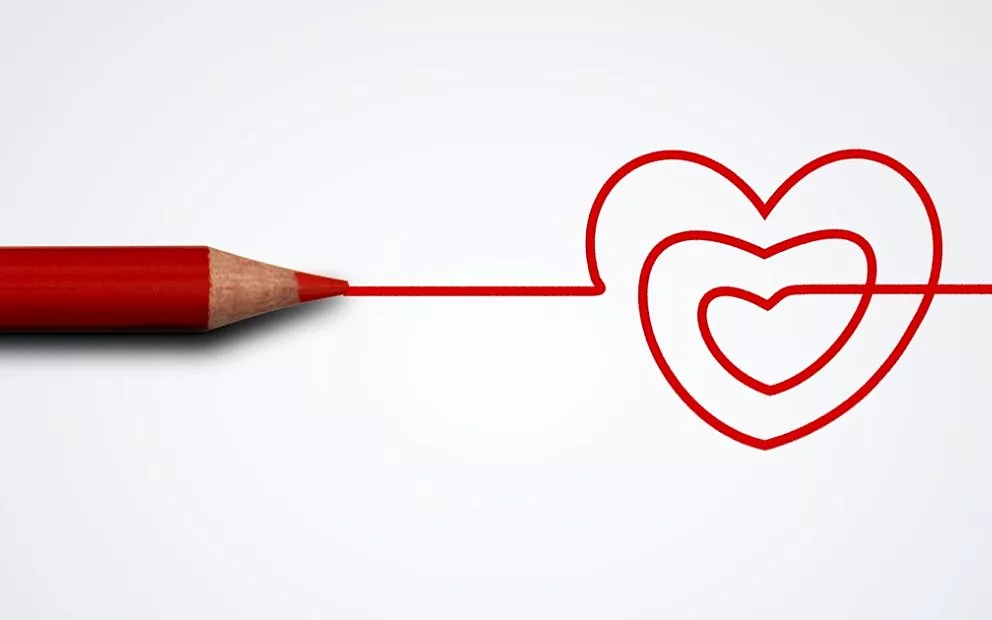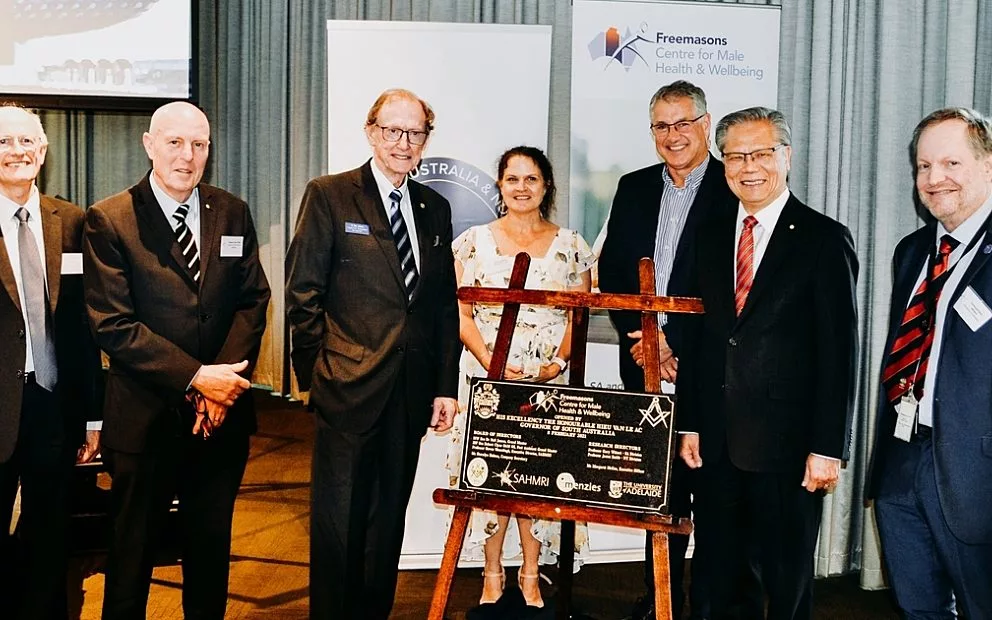Adelaide researchers have developed a simple blood test to alert people they are at imminent risk of a stroke.
The breakthrough — if all goes according to plan — will fundamentally changetreatment of a condition affecting about 50,000 new people a year at an annual cost of around $50 billion.
South Australian Health and Medical Research Institute (SAHMRI) researchers will use Stroke Week this week to detail work pinpointing biomarkers in the blood indicating a stroke is on the way.
Professor Simon Koblar, the director of the University of Adelaide’s Stroke Research Program linked to SAHMRI, predicted the blood test would revolutionise stroke treatment.
“In Australia each year we have the amount of people having a stroke who could fill Adelaide Oval — and about a third of people who have strokes have a warning beforehand,” Prof Koblar said. “That’s about 20,000 people a year we can help with a simple blood test.”
Prof Koblar said these people have transient ischaemic attack — TIA — a mini stroke where the effects disappear after about 24 hours.
About 40 per cent of people who have a TIA will have an actual stroke, and nearly half of all strokes occur within the first few days after a TIA.
However, because the symptoms such as slurred speech appear to go away, some people do not seek treatment and dismiss the episode as a “funny turn”.
“These people do get this warning beforehand but then they get better and just move on,” Prof Koblar said.
“We have discovered a biomarker and developed a blood test so that people who think they just had a bit of a funny turn can find out it was actually TIA. This biomarker can tell us it was true TIA — it allows us to say to the person it really was TIA so their GP or hospital emergency department can then send them to a major stroke unit knowing they are at genuine risk of an imminent stroke.”
So far the work has focused on a small sample group of about 50 people and the researchers now are looking to run a major trial involving thousands of people, while ensuring the intellectual property rights are guarded in what could be a breakthrough worth millions of dollars.
“If this proves to be the case it will revolutionise how we diagnose TIA and then go on to guard against stroke,” Prof Koblar said.
He urged people to think FAST in the event of a suspected stroke — check Face for mouth drooping, Arms to see if the person can lift, Speech for slurring and Time — if you see any such signs call 000 for help.



